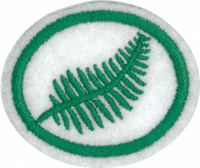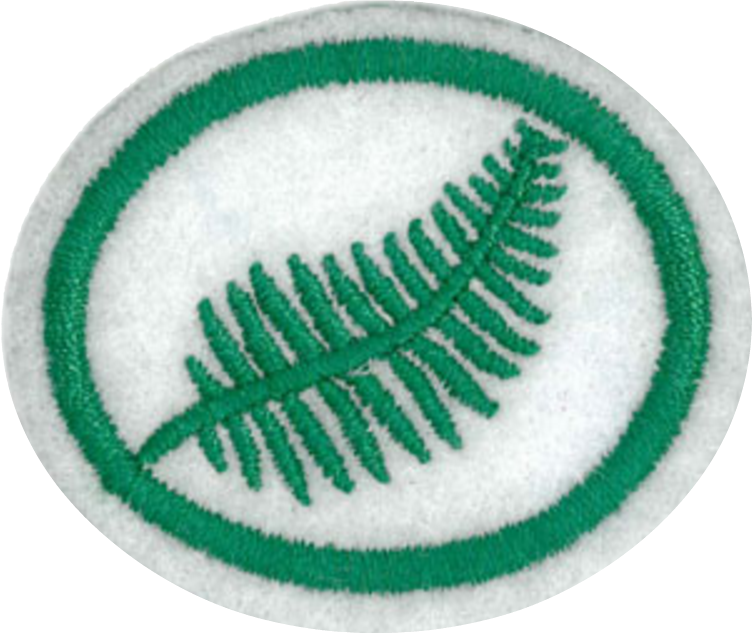Difference between revisions of "AY Honors/Ferns/Answer Key/es"
From Pathfinder Wiki
(Created page with "{{clear}}") |
|||
| (7 intermediate revisions by 2 users not shown) | |||
| Line 1: | Line 1: | ||
| − | + | {{HonorSubpage}} | |
| − | |||
| − | {{ | ||
| − | |||
| − | |||
| − | |||
| − | |||
| − | |||
| − | |||
| − | |||
| − | }} | ||
| − | |||
| − | |||
| − | |||
| − | |||
| − | |||
| − | |||
| − | |||
<section begin="Body" /> | <section begin="Body" /> | ||
{{ansreq|page={{#titleparts:{{PAGENAME}}|2|1}}|num=1}} | {{ansreq|page={{#titleparts:{{PAGENAME}}|2|1}}|num=1}} | ||
| Line 72: | Line 55: | ||
{{ansreq|page={{#titleparts:{{PAGENAME}}|2|1}}|num=6}} | {{ansreq|page={{#titleparts:{{PAGENAME}}|2|1}}|num=6}} | ||
<noinclude></noinclude> | <noinclude></noinclude> | ||
| − | <!-- 6. Dibujar o fotografiar 10 tipos de helechos e identificarlos correctamente. --> | + | <!-- 6. Dibujar o fotografiar 10 tipos de helechos e identificarlos correctamente. --> |
{{clear}} | {{clear}} | ||
| Line 102: | Line 85: | ||
{{clear}} | {{clear}} | ||
| − | + | {{clear}} | |
| − | { | ||
| − | |||
| − | |||
| − | |||
| − | + | {{clear}} | |
| − | |||
| − | + | {{clear}} | |
| − | |||
<noinclude></noinclude> | <noinclude></noinclude> | ||
| Line 118: | Line 95: | ||
<noinclude></noinclude> | <noinclude></noinclude> | ||
==Referencias== | ==Referencias== | ||
| − | |||
<noinclude></noinclude> | <noinclude></noinclude> | ||
| − | + | {{CloseHonorPage}} | |
Latest revision as of 17:45, 14 July 2022
1
¿Cómo son los helechos diferentes de plantas con flores o los árboles?
2
¿Dónde está la verdadera raíz de un helecho? ¿Qué parte crece por encima del suelo? ¿Cuál es el entorno más favorable en el que los helechos crecen?
3
¿Cómo se reproducen los helechos? Localizar y describir tres tipos de soros (de tres tipos de helechos).
4
¿Cómo viajan las esporas de la planta a una nueva ubicación? ¿Cuánto tiempo tarda una espora en desarrollar una planta madura? Observar de helechos vivos o imágenes cómo un helecho joven es diferente de un helecho adulto.
5
Conocer los usos medicinales de tres helechos.
6
Dibujar o fotografiar 10 tipos de helechos e identificarlos correctamente.
7
Además de los helechos comunes hay plantas conocidos como musgos y colas de caballos. Ser capaz de reconocer dos tipos de musgos y una cola de caballo. ¿Cómo son similares a los helechos?


